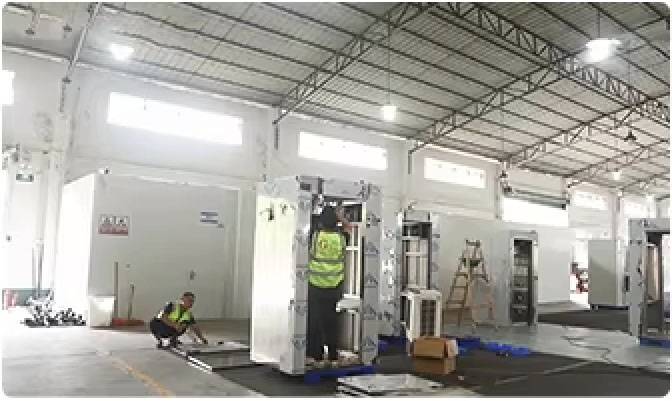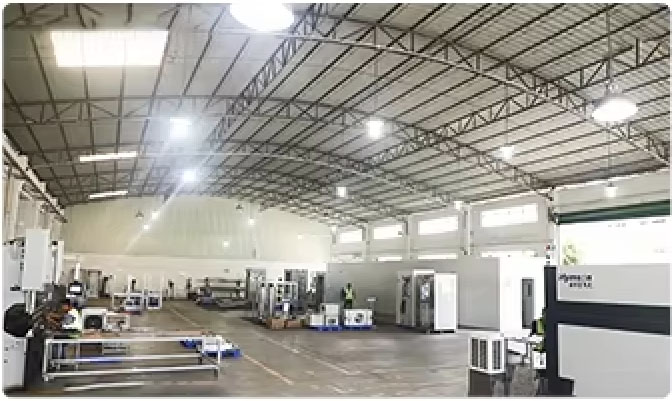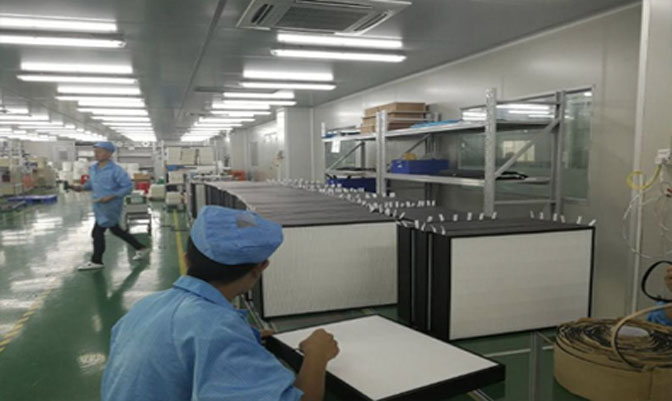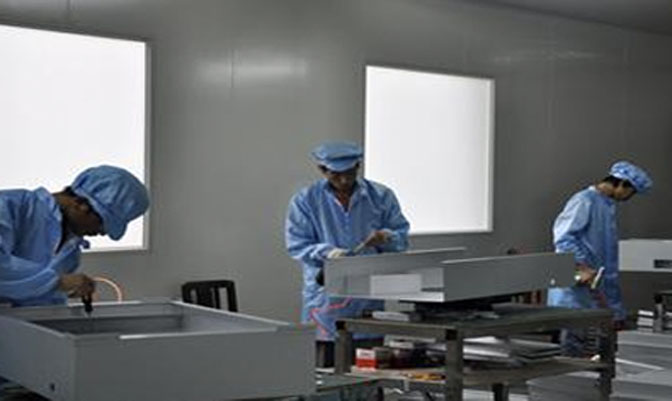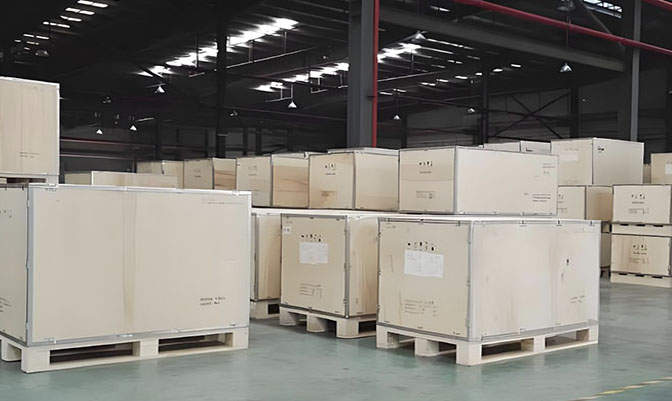FFU
An FFU (Fan Filter Unit) is a critical component used in cleanrooms and controlled environments to maintain air purity and control contamination levels. Here are some important details about FFUs:
Integrated Fan and Filter
High Filtration Efficiency
Variable Speed Control
Low Noise Operation
Energy Efficiency
Modular Design
Easy Installation and Maintenance
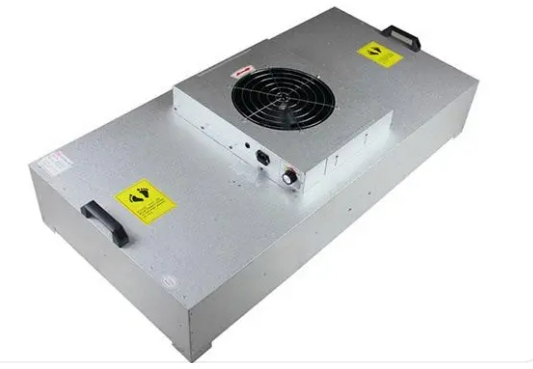
Your Reliable Manufacturer of FFU
Deiiang is Your Reliable Manufacturer of FFUs (Fan Filter Units), dedicated to providing high-quality solutions for cleanroom applications and controlled environments. With a strong focus on innovation and performance, Deiiang designs and manufactures FFUs that effectively filter airborne contaminants while ensuring optimal airflow. Their products are engineered to meet the stringent requirements of industries such as pharmaceuticals, biotechnology, electronics, and healthcare, where maintaining a clean and sterile environment is crucial.
In addition to superior product quality, Deiiang emphasizes exceptional customer support and service. The company’s experienced team collaborates closely with clients to customize FFU solutions that meet specific needs and operational challenges. By leveraging advanced technology and rigorous testing processes, Deiiang ensures that their FFUs deliver reliability and efficiency, making them a trusted partner in creating safe and compliant environments. Whether you need standard units or customized solutions, Deiiang is committed to excellence in every aspect of FFU manufacturing.
- Video
- Workshop
- Data sheet
- Material certificate
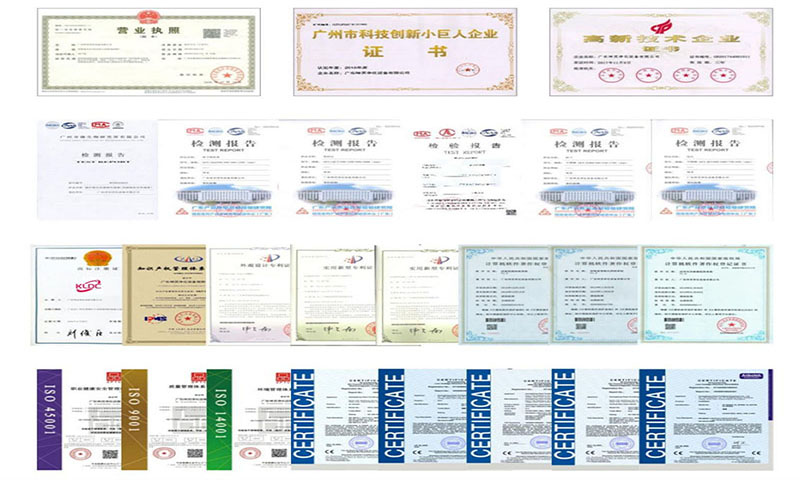
Help to Find Your Cleanroom Related Products
-
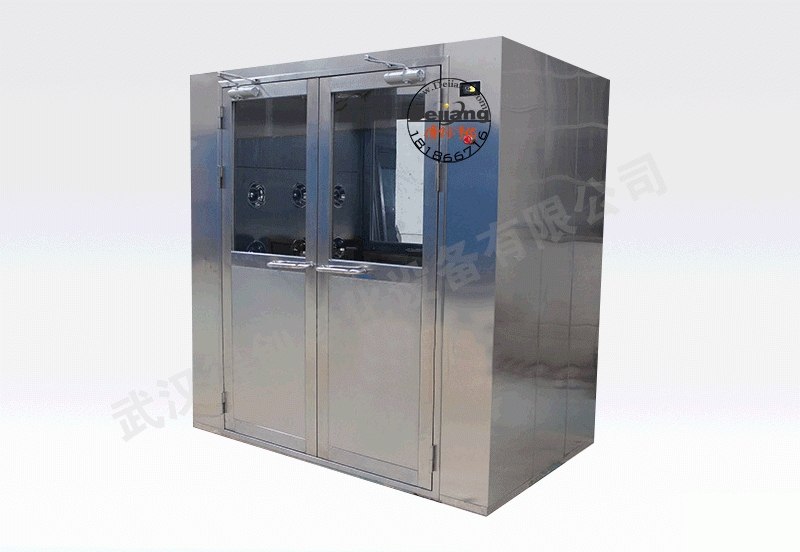
空气淋浴器
US$
Min. Order: -
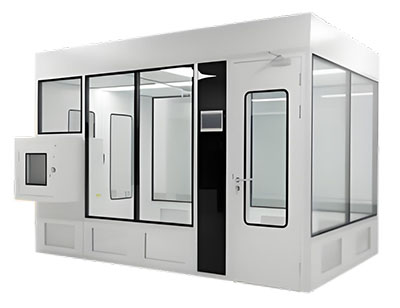
模块化洁净室
US$
Min. Order: -
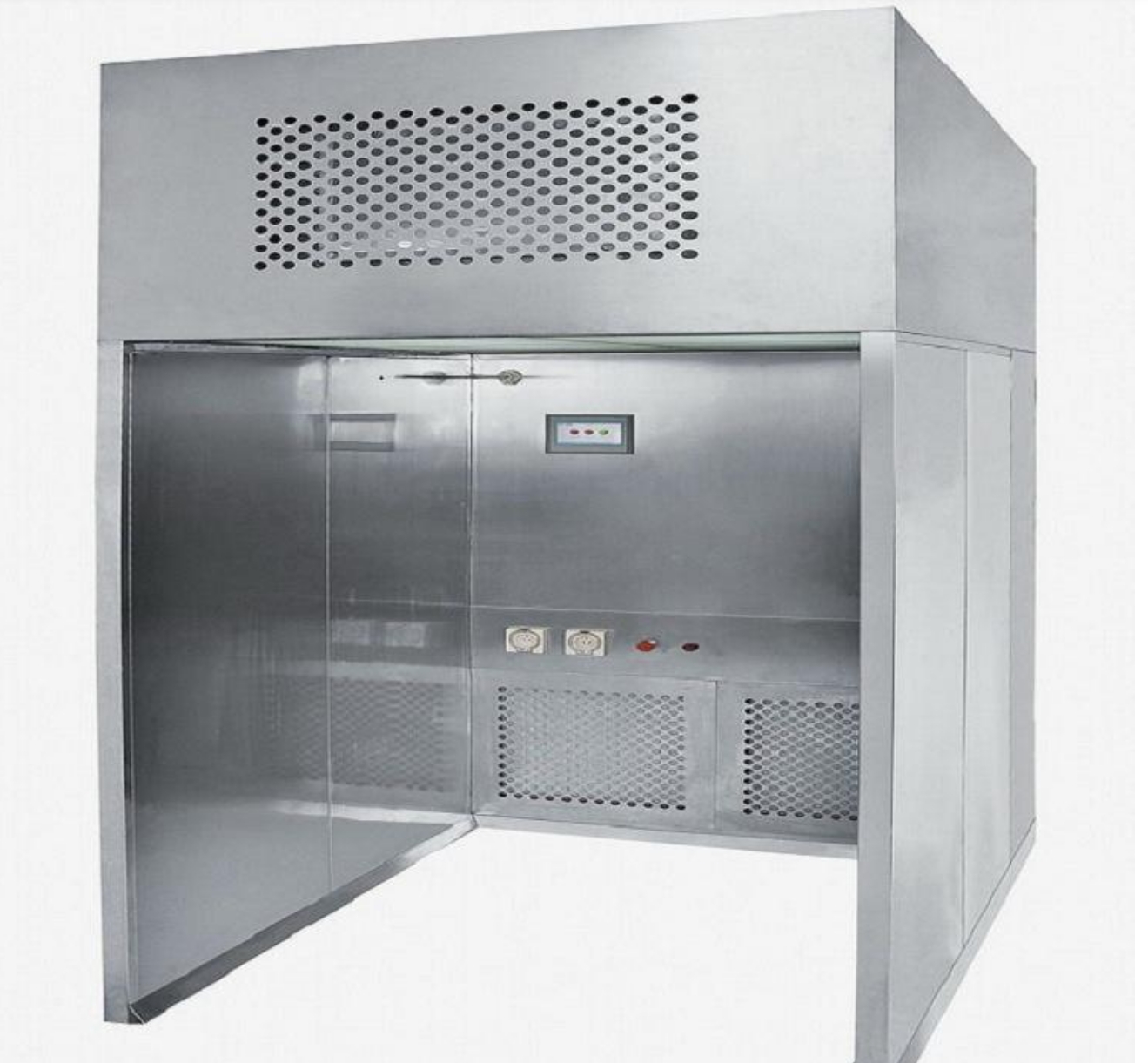
Downflow Booth
US$
Min. Order: -
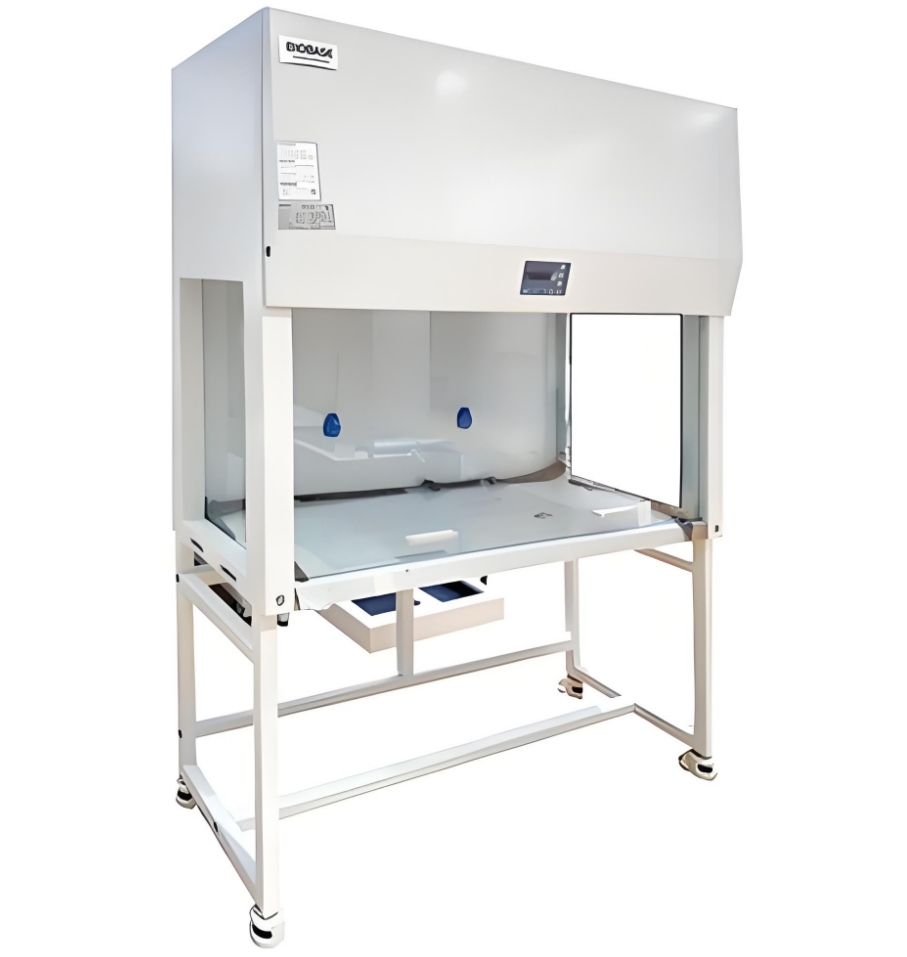
Clean bench
US$
Min. Order: -
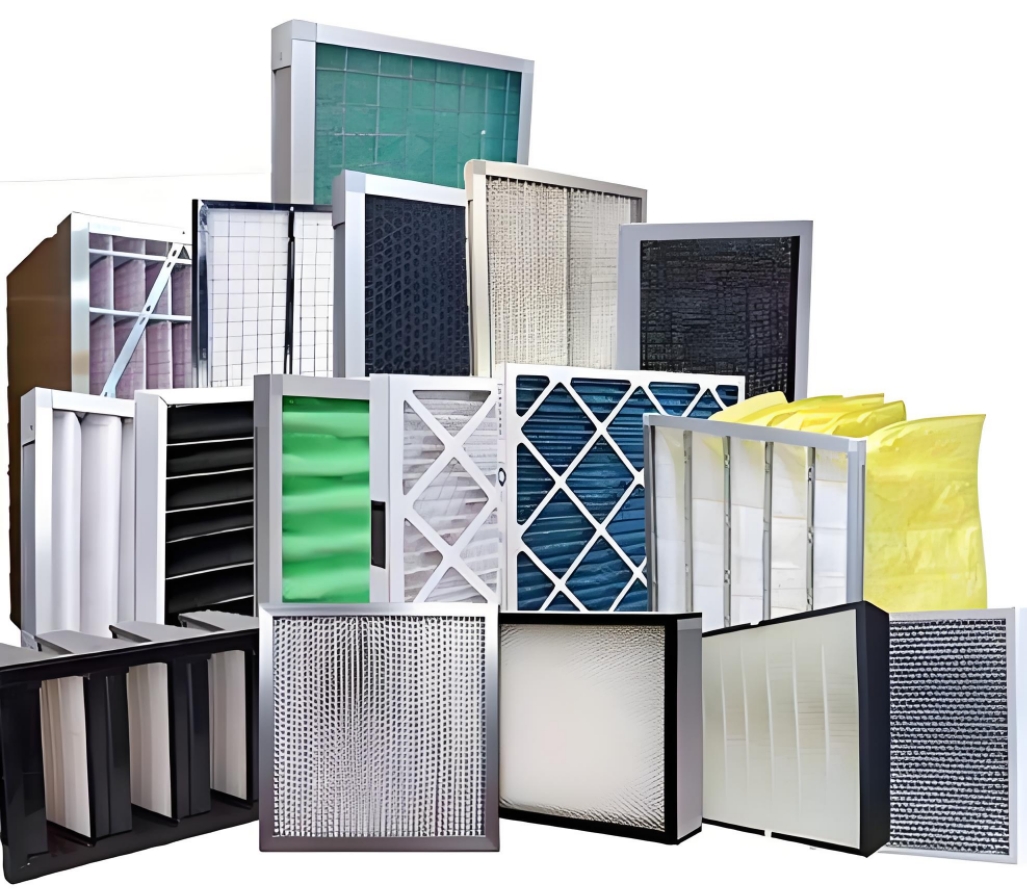
Air Filter
US$
Min. Order: -
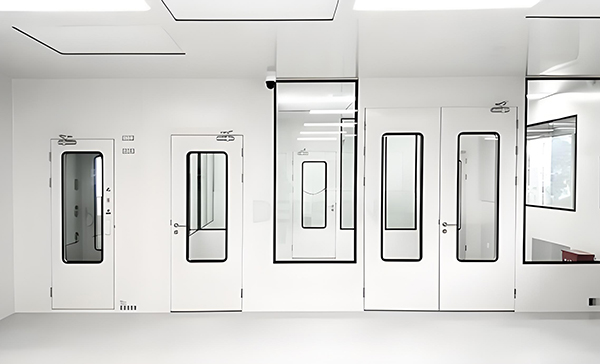
Cleanroom Wall Panels
US$
Min. Order: -
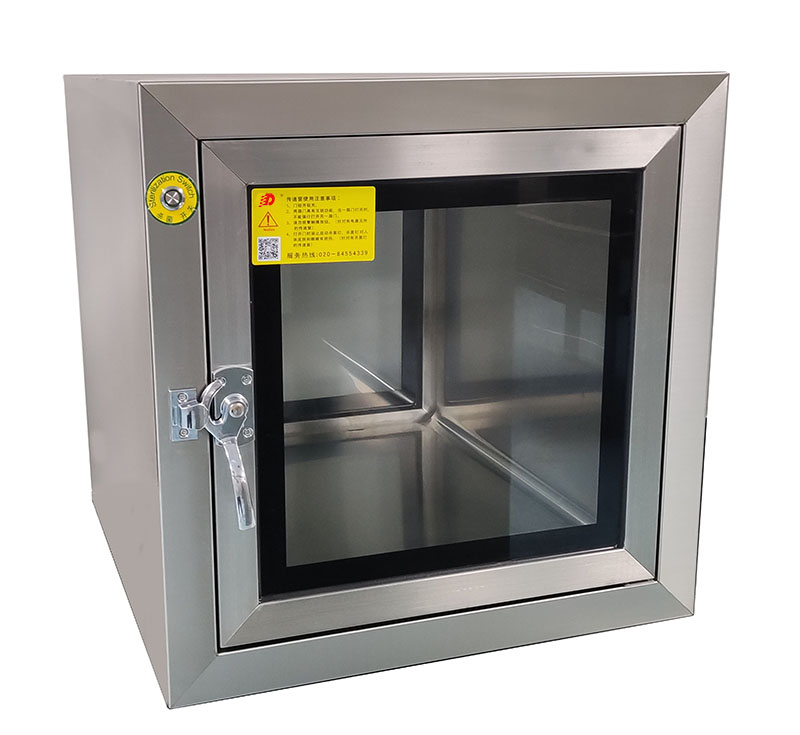
Pass Box
US$
Min. Order: -

FFU
US$
Min. Order:
What is a Fan Filter Unit (FFU)?
A Fan Filter Unit (FFU) is a self-contained air filtration system designed to provide a controlled clean air environment, commonly used in cleanrooms, laboratories, and manufacturing facilities that require stringent air quality standards. FFUs consist of a fan, a high-efficiency particulate air (HEPA) or ultra-low penetration air (ULPA) filter, and a housing unit, allowing them to draw in ambient air, filter out airborne contaminants, and distribute clean, filtered air evenly across the space. By maintaining a constant airflow and reducing particle concentration, FFUs help ensure compliance with industry regulations and protect sensitive processes and products from contamination.
How does an FFU work?
A Fan Filter Unit (FFU) operates by drawing in unfiltered air, passing it through a high-efficiency filter, and then distributing the clean, filtered air back into the environment. The main components of an FFU work together seamlessly to ensure optimal performance in maintaining clean air standards. Here’s a breakdown of how an FFU functions:
How an FFU Works:
Air Intake: The FFU draws in ambient air from the surrounding environment.
Filtration: The air passes through a HEPA or ULPA filter, which captures 99.97% (or higher) of particles as small as 0.3 microns.
Fan Operation: An integrated fan creates a controlled airflow, ensuring consistent air movement and pressure.
Clean Air Distribution: The filtered air is then distributed evenly across the cleanroom or controlled space, maintaining a uniform environment.
Pressure Monitoring: Many FFUs include pressure sensors to monitor and adjust airflow, ensuring consistent operation and performance.
By effectively filtering and circulating air, FFUs play a critical role in maintaining the cleanliness and integrity of sensitive environments. Their ability to provide localized air filtration makes them an essential component in various industries, including pharmaceuticals, electronics, and research laboratories, where contamination control is paramount for product quality and safety.
What are the differences between HEPA and ULPA filters in FFUs?
Filtration Efficiency:
HEPA: Captures at least 99.97% of particles ≥0.3 microns.
ULPA: Captures at least 99.999% of particles ≥0.12 microns.
Particle Size Capture:
HEPA: Effective for larger particles (dust, pollen, mold spores).
ULPA: Effective for smaller particles (bacteria, some viruses).
Applications:
HEPA: Used in hospitals, laboratories, and commercial settings.
ULPA: Used in semiconductor manufacturing and pharmaceutical production.
Airflow Resistance:
HEPA: Moderate airflow resistance.
ULPA: Higher airflow resistance.
Cost:
HEPA: Generally less expensive.
ULPA: Usually more costly due to higher efficiency.
 18186671616
18186671616 pengwu1616@gmai.com
pengwu1616@gmai.com
 MENU
MENU



